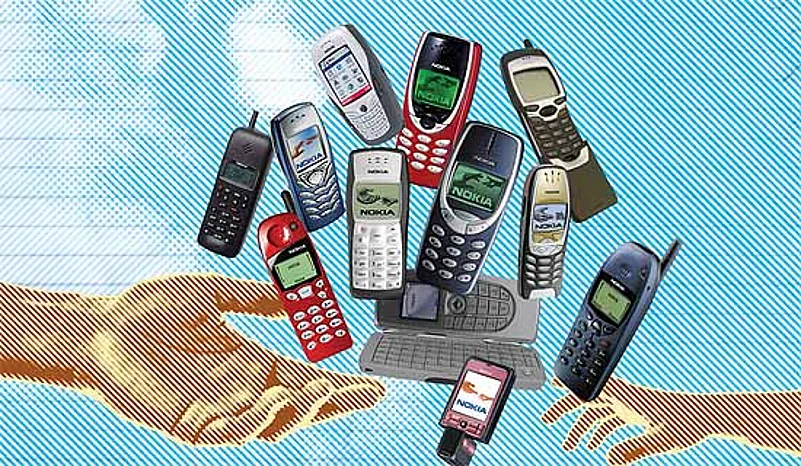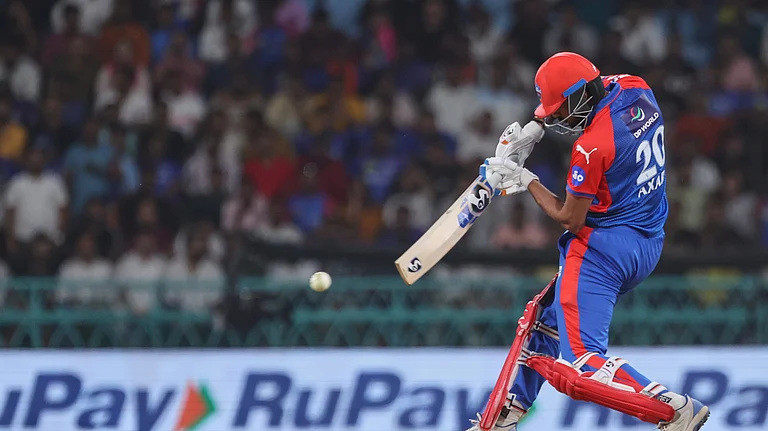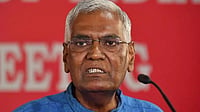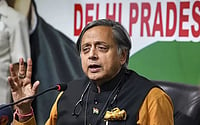3310. 6310. 2600. 5210. No, this isn’t a sequence from the TV series, Touch. They are model numbers of popular Nokia handsets—a brand with great equity in India. For many, Nokia was their first mobile handset and likely the most favourite. Sony was my first mobile handset, but I have used a plethora of Nokia phones since then. At the peak of its popularity, Nokia cut across age and lifestyle barriers—there was a Nokia for everyone. Back then in my office, E71 ruled the roost—it could send e-mail and surf the internet pretty efficiently. And then there was the ‘boss phone’—Nokia Communicator. It could double up as a geometry box or a writing table even and went well with the boss’s Opel Corsa or Contessa.
And once you got used to a Nokia phone, it was impossible to move away. I remember switching to a Sony Ericsson and the Motorola iTunes phone and struggling with the keyboard and shortcuts. There were corny, college humour type jokes about its name (‘No-kiya’), its sturdiness (‘I got angry and threw my phone at a wall and watched as it smashed to a million pieces. The phone is fine though’) and durability.
Nokia did a lot to endear themselves to Indians too—the torch phone, the dust-proof phone and so on. And then there was PC Suite and Ovi—the first indication of Nokia attempting to move to a smarter digital world. But alas, they were more painful to use than listening to Michael Bolton on a loop. I don’t know precisely when but Nokia lost the plot as phones got smarter and didn’t change accordingly perhaps. The advent of the iPhone in 2007 put paid to Nokia’s fortunes as the brand failed to recalibrate its offerings to the changing times. Net result: it no longer evoked the same appeal as it did a few years ago for the smartphone crowd.
What really went wrong? As a tech enthusiast, I feel Nokia didn’t overhaul Symbian or invest in an OS soon enough. They underestimated the importance of mobile software and the app ecosystem that runs it. Some mistakenly attribute Nokia’s fall to the iPhone handset. In my view, it was the combined, unified offering of hardware, the OS and the app ecosystem that were the reasons for iPhone’s success.
The Android model, initially at least, was the exact opposite of the Apple model. You can’t beat ‘free’ in terms of pricing, right? Michael Mace, an ex-Apple employee and author, recently said that “10 years ago everyone in the tech business was convinced that the best way to dominate a technology market was to create an operating system and license it to a bunch of other companies...today the idea of an independent operating system licensed to all comers is a fading ideal”. Couldn’t agree more—Google’s acquisition of Motorola and offering the ‘pure Android’ OS bears testimony to this.
The Microsoft sale rekindled many fond memories of Nokia and showed that in some way it is still connecting people. We may not see a Nokia-branded smartphone in the near future but the Nokia brand can still be used on feature phones, according to the deal. So tidi-dingting tidi-dingting ting can still make us smile.
(Lakshmipathy Bhat @bhatnaturally is an ex-adman. Apple fan. Blogger. New media enthusiast. Non-MBA. Director @CodeConclave)


























